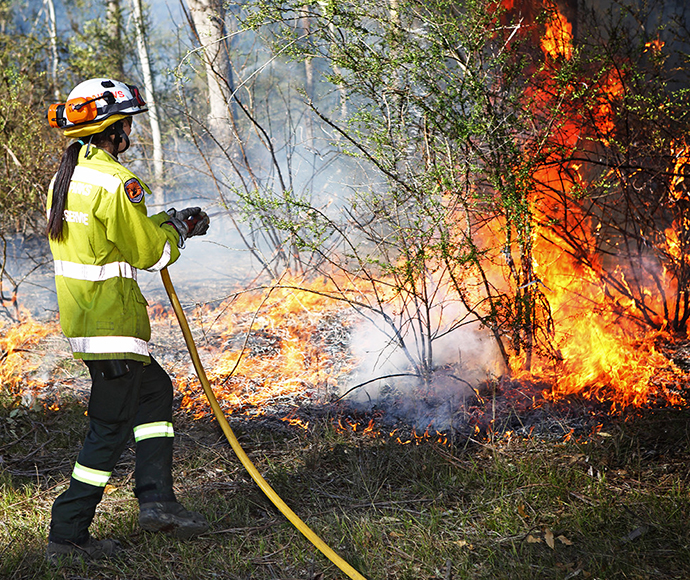Hazard reduction burn in Bluff River Nature Reserve
The NSW National Parks and Wildlife Service (NPWS) is planning a large, 2-day hazard reduction burn in Bluff River Nature Reserve starting on Tuesday 3 May, weather permitting.
The 1,010-hectare burn has been planned in collaboration with the NSW Rural Fire Service and will treat bushland both within the nature reserve and on neighbouring private properties.
The low-intensity burn aims to reduce the likelihood of lightning starting a bushfire by reducing available fuel. In the event that a bushfire does occur, then the intensity and rate of fire spread will be diminished through low bushland fuel levels.
The burn is expected to commence at 11 am on Tuesday. Bluff River Nature Reserve will be closed for the duration of the burn. Check the NPWS Alerts website for more information.
Smoke may be visible from Tenterfield, Torrington, Bolivia, Sandy Flat, and Pyes Creek. People with asthma or those who are susceptible to respiratory problems are advised to keep clear of the area or stay indoors.
Motorists on the New England Highway, Bungulla Road and Bluff River Road are advised to be aware of potential smoke hazards and drive to conditions.
Hazard reduction burns are essential to reduce bushfire fuel loads to help protect parks, neighbours and communities from future bushfires.
This burn is one of many hazard reduction operations undertaken by NPWS each year, many with assistance from the Rural Fire Service and Fire and Rescue NSW.
All burns around the state are coordinated with the NSW Rural Fire Service to ensure the impact on the community is assessed at a regional level.
People with known health conditions can sign up to receive air quality reports, forecasts and alerts via email or SMS from the Department of Planning and Environment.
For health information relating to smoke from bush fires and hazard reduction burning, visit the NSW Health website or Asthma Australia.
More information on hazard reduction activities is available at NSW Rural Fire Service and the NSW Government Hazards Near Me website and app.
